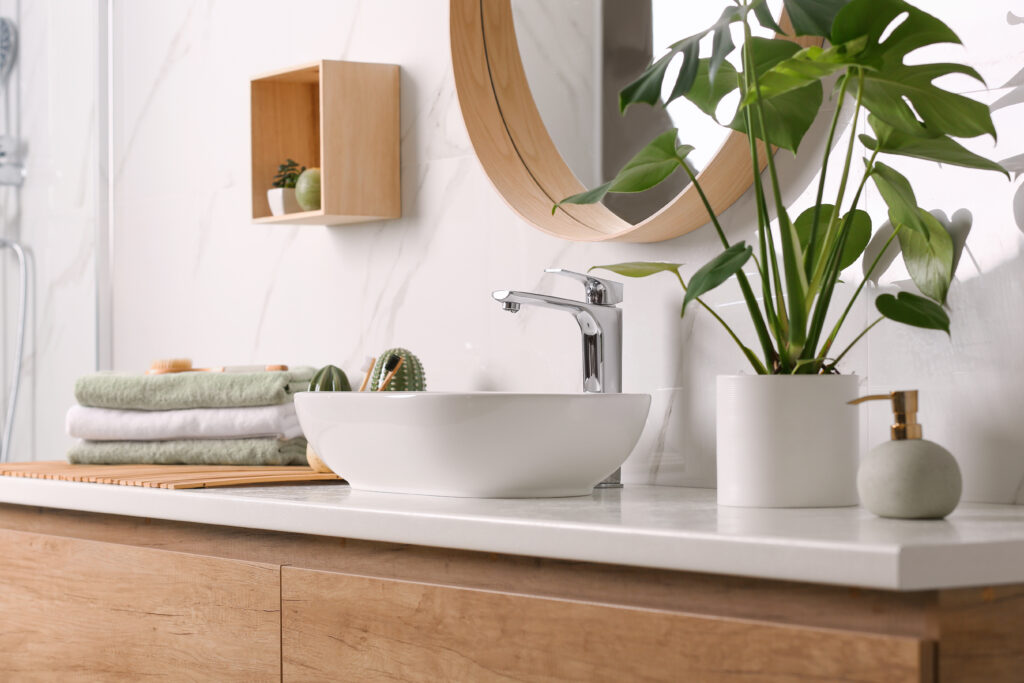Changing a Bathtub Valve: What Every Homeowner Should Know
If you’ve ever dealt with a leaky tub faucet or the maddening drip-drip that keeps you up at night—yep, that’s probably your tub valve crying for attention. For many homeowners, plumbing issues can seem like a mystery wrapped in a riddle, maybe hidden behind a tiled wall. But don’t worry. Replacing a bathtub valve isn’t the unsolvable puzzle it sounds like, and understanding how this tiny-but-mighty part works can save you time, money, and potential water damage headaches. Let’s unravel the whole bathtub valve situation together. This one’s for you if you’re weighing a repair, considering a home warranty, or just curious how water gets to your bubble bath in the first place.
What Is a Bathtub Valve, and Why Should You Care?
The bathtub valve is the unsung hero of your bathroom plumbing system. It’s the mechanism hidden behind the wall that controls the flow and mix of hot and cold water going into your tub. When you turn the knobs or pull the lever to start your bath or shower, you’re actually adjusting the valve. It’s kind of like a DJ mixing tracks, but instead of music, it cues up hot and cold water until you hit that perfect temperature sweet spot.
When it works, you barely think about it. But when it doesn’t? That’s when the temperature won’t adjust, the water won’t shut off, or it makes that super annoying screeching sound. A faulty or worn-out valve can also cause water to leak behind the wall, which… yeah, not ideal. So if you’re dealing with inconsistent temperatures or a tub spout that won’t stop dripping, the valve might be the culprit.
How a Bathtub Valve Works (Without the Tech Jargon)
Alright, keep up with me here—basic plumbing science incoming. A standard bathtub valve has two main water supply lines connected to it: one hot, one cold. Depending on your setup, these are either controlled by separate handles (called a two-handle valve) or one combined lever (a single-handle valve). When you turn the handle(s), the valve cartridge inside either opens, closes, or blends the flow of water.
In homes built after the 90s, many bathtub valves also include a pressure-balancing or thermostatic function. This feature keeps the temperature stable, even if someone flushes a toilet elsewhere—bless whoever invented that. The valve works by responding to changes in water pressure from the hot or cold supply and adjusting accordingly to prevent scalding or ice baths. Older systems may not have this protection, which can be… intense if you’re mid-shampoo.
Why You Might Need to Replace a Bathtub Valve
Now the big question: when does a bathtub valve go from “Eh, it’s fine” to “Okay, we need to handle this”? Here are a few red flags that say it might be time to replace it. If you notice steady dripping from your tub faucet—even if the handles are tightened all the way—that’s usually a worn-out cartridge or washer. If turning the faucet handle requires Hulk-like strength or spins like a roulette wheel, something may be stripped or broken inside. Oh, and inconsistent water temperature, especially if you’ve ruled out water heater issues, could also point to valve trouble.
In some cases, you can swap out just the cartridge, but if the valve body itself is cracked or corroded, it’s a full replacement situation. Replacement might also be suggested during a bathroom remodel where upgraded fixtures require a newer, compatible valve type. It can get a little plumbing-surgery-ish since the valve sits inside the wall, so not a bad time to call in the pros if that’s outside your comfort zone.
Pros and Cons of Replacing a Bathtub Valve
Okay, so say you decide it’s time to replace the valve. What are you in for? Well, starting with the upside—once replaced, you get smoother control, fewer leaks (or none at all), and potentially better water conservation. That cool-features thing we mentioned earlier, like anti-scald protection? You can upgrade to valves with built-in safety and efficiency features that older systems just didn’t have.
On the downside, access can be tricky. Since the valve is typically installed behind a shower wall or tub surround, you might need to remove tile or cut drywall—this is not the most glamorous stuff, I know. Also, if your current plumbing setup is outdated, more extensive modifications might be needed to bring in a new, code-compliant valve. It can take a few hours and may require a pro license depending on local codes. Lastly, costs vary, but between new hardware and installation, you might be looking at anywhere from $175 to $500 or more. Still cheaper than ignoring a leak and paying for water damage repairs though.
DIY or Hire a Pro: What Makes Sense?
Let’s be honest—a skilled DIYer with the right tools and YouTube on standby can probably handle a bathtub valve swap. But, and it’s a big but, it does involve working behind walls, soldering or sealing copper lines, ensuring you’re up to local plumbing code, and turning off the water main. If any of that gives you pause, don’t feel bad about calling a licensed plumber. It might cost more upfront, but you’re paying for peace of mind. Plus, if something goes sideways, the fix doesn’t fall solely on your weekend budget.
How a Home Warranty Helps With Bathtub Valve Issues
Here’s where this all ties back to home warranties—because, yes, handling bathtub valve issues can get surprisingly pricey. Many homeowners are blindsided when the first repair quote pops up. A solid home warranty plan covers plumbing systems, including faucet and valve issues, as long as the damage is due to normal wear and tear. That means you don’t have to worry about whether a leaking valve is going to mess with your entire monthly budget. With the right warranty partner, you get access to pre-vetted service pros and fixed service call fees, so you’re not stuck playing plumber roulette.
Why Armadillo Is Your Best Bet for Bathtub Valve Peace of Mind
We’ll keep it real—bathtub issues happen, and if you’ve got an older home or are just plain tired of playing whack-a-mole with plumbing problems, it might be time for a smarter solution. At Armadillo, we cover core home systems like plumbing with immediate, expert help—without the drama. Your bathtub valve might be small, but it’s mighty important, and we make sure you’re covered when things go wrong. Dive into the details at www.armadillo.one or get started on building the plan that protects the parts of your home you depend on most by jumping straight to our plan builder. Because when things go wrong with your tub, we make it right—no wrench required.


























